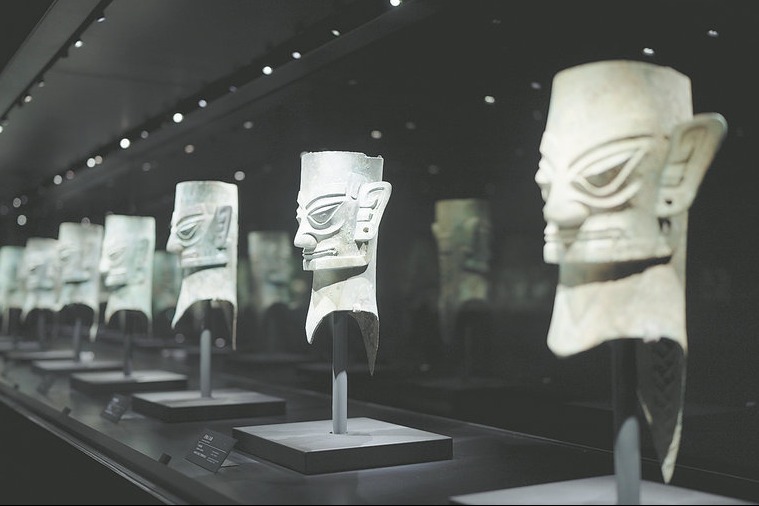Sights, sounds and scents from a sparkling thread
By Zhao Xu in New York | China Daily | Updated: 2019-12-07 09:00

Beningson was quick to point out that Chang'an (modern-day Xi'an), the capital of the Western Han Dynasty (206 BC-AD 24), was nearly three times the size of Rome, four times larger than Alexandria, Egypt, and 17 times bigger than Byzantium.
However, it was the winding trading route that has acted as a sparkling thread for Beningson the storyweaver.
A lot of that story can be found in the depth of the blue, the 14th-century ceramic fish jar being one example. One of its predecessors, an exuberantly painted third-century BC pottery vase, testifies to the beginning of those exchanges. The blue pigment on it was derived from lapis lazuli, for which Afghanistan was known two millennia ago as well as today.
The Silk Road entered its heyday during the Tang Dynasty (618-907). Transmitted along the road were not only gleaming gemstones and glistening metal wares, but also animals (rhinoceroses and elephants) and people (the Sogdians who dominated the Silk Road trade for several centuries), sounds (Sogdian music), sights (Sogdian dance) and scents (the various spices for tasting and for burning in front of the Buddha, whose influence spread along the road).
























